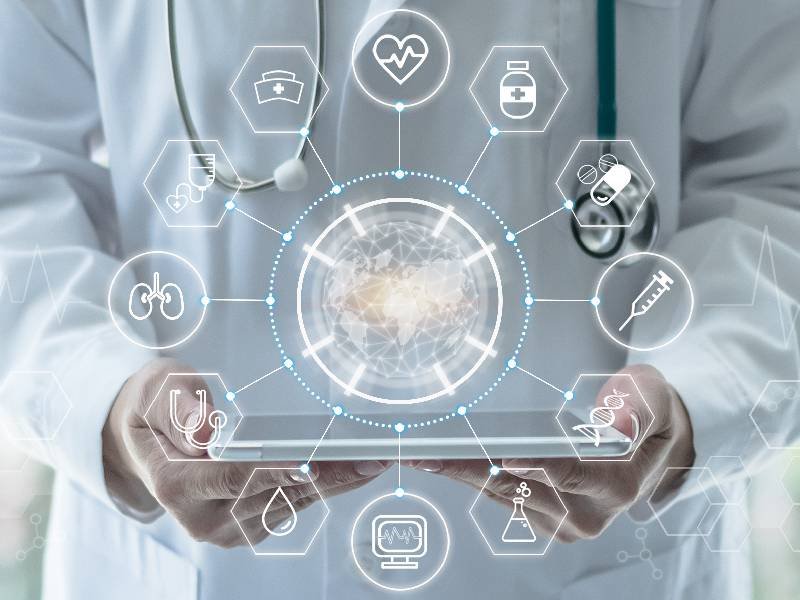Innovation is the lifeblood of human progress, transforming ideas into reality and shaping the world around us. It is the spark that ignites growth, improvement, and transformation, touching every aspect of our lives. In this article, we will delve into the world of innovations, exploring their significance, types, examples, and the impact they have on society.
What are Innovations?
Innovations are new or improved products, processes, or services that create value, solve problems, or meet needs. They can be incremental, building upon existing ideas, or radical, introducing entirely new concepts. Innovations can be tangible, such as products or technologies, or intangible, like services or business models.
Types of Innovations
Innovations come in various forms, including:
-
Product Innovations: New or improved products, such as smartphones or electric cars.
-
Process Innovations: Improved production methods, like 3D printing or lean manufacturing.
-
Service Innovations: New or enhanced services, like streaming platforms or healthcare apps.
-
Business Model Innovations: Novel approaches to business, like subscription-based services or sharing economies.
-
Social Innovations: Solutions addressing social challenges, such as education or environmental sustainability.
Examples of Innovations
-
Internet: Revolutionized global communication and access to information.
-
Artificial Intelligence: Enabled machines to learn, reason, and perform tasks autonomously.
-
Renewable Energy: Transformed the way we generate and consume energy, reducing carbon footprints.
-
Mobile Payments: Simplified transactions, making financial services more accessible.
-
Virtual Reality: Enhanced entertainment, education, and healthcare experiences.
Impact of Innovations
Innovations have a profound impact on society, driving:
-
Economic Growth: Creating new markets, jobs, and opportunities for economic expansion.
-
Improved Quality of Life: Enhancing healthcare, education, and overall well-being.
-
Environmental Sustainability: Promoting eco-friendly practices and reducing waste.
-
Increased Productivity: Streamlining processes and improving efficiency.
-
Social Progress: Addressing social challenges, like poverty and inequality.
The Innovation Process
Innovations often follow a structured process:
-
Idea Generation: Identifying needs and brainstorming solutions.
-
Design and Prototyping: Developing and refining ideas.
-
Testing and Iteration: Refining and improving innovations.
-
Implementation: Launching and scaling innovations.
-
Diffusion: Spreading innovations to wider audiences.
Challenges and Barriers
Innovations face challenges, including:
-
Risk and Uncertainty: Overcoming fear of failure and embracing experimentation.
-
Regulatory Hurdles: Navigating complex legal and regulatory environments.
-
Resource Constraints: Accessing funding, talent, and infrastructure.
-
Cultural and Social Barriers: Overcoming resistance to change and adopting new ideas.
-
Ethical Considerations: Ensuring innovations are developed and used responsibly.
Conclusion
Innovations are the driving force of progress, transforming industries, and improving lives. Embracing innovation requires a willingness to take risks, adapt to change, and address challenges. As we continue to push the boundaries of what is possible, innovations will shape a brighter, more sustainable future for all.

